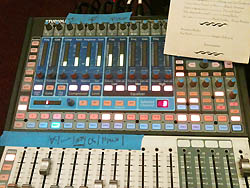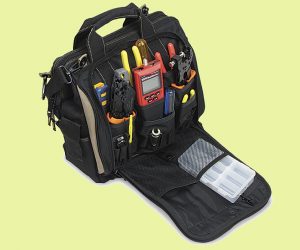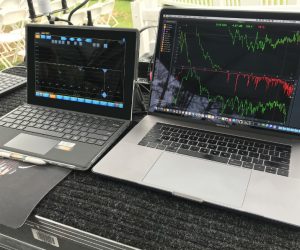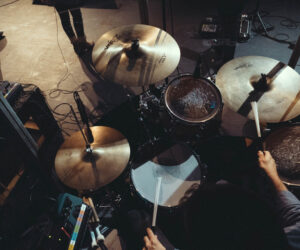A couple months ago I got a gig recording a live concert. It wasn’t your typical show.
One singer, one piano, in a big old church. In addition to recording the concert, I was also in charge of running live sound.
Everything turned out really well, but there was a LOT to do and think about to ensure a smooth concert and a great-sounding recording.
For one thing, the singer was going to sing several songs with a handheld mic, and several more songs without a mic (opera stuff), but I still needed to record her voice for that.
I don’t do a ton of live concert recording, but if you’re a home studio guy, chances are there are opportunities for you to take your gear “on location” and record a live concert. Might be a new opportunity you hadn’t considered before.
To that end, I’ve got 7 tips for you to ensure a successful live concert recording:
1. Bring more gear than you think you need.
You will always need another cable, another adapter, a longer power cable…you name it. If you’re not sure if you need it, bring it.
I packed up my iMac, Presonus StudioLive 1602 mixer, all my mics, all my stands, all my cables…everything I could squeeze into my car, EVEN if I think I wouldn’t use it.
Another tip? Make a list. I wrote down a list of things I absolutely needed for the concert, and I’m so glad I did.
As I was getting ready to walk out the door, I looked at my list realized I forgot to pack my mouse and keyboard. (In case you didn’t know, it’s really hard to drive an iMac without a mouse and keyboard.)
Here’s a quick rundown of what I used:
—Vocal (for handheld stuff) – AKG D5 (dynamic)
—Piano – pair of Earthworks SR25′s (small-diaphragm condensers) in XY configuration on a single mic stand with a stereo mic bar
—2nd vocal mic (for opera stuff) – another Earthworks SR25, placed 5 feet in front of the singer
—Room mics – M-Audio Luna (condenser) and AKG C5 (handheld condenser)
2. Set up a room mic.
If you have the extra mics and inputs, make it a point to set up a room mic or two. You never know when a room mic will save the day.
For example, at one point during the concert the pianist did some audience participation stuff. The recording turned out MUCH better because I took the time to set up the room mics, so you can actually hear the audience.
I initially wasn’t going to bother with room mics. I didn’t even have a matched pair of mics available, and I had used all my mic cables and stands on the vocal mics and piano.
So what did I do? I grabbed a couple of the church’s cheap mic stands and cables, threw them up in the choir loft and set up a pair of room mics. One was a handheld condenser mic and the other was a large-diaphragm studio condenser mic.
You know what? They worked wonderfully.
Even ONE room mic can make a difference…so try your best to capture the room.





















